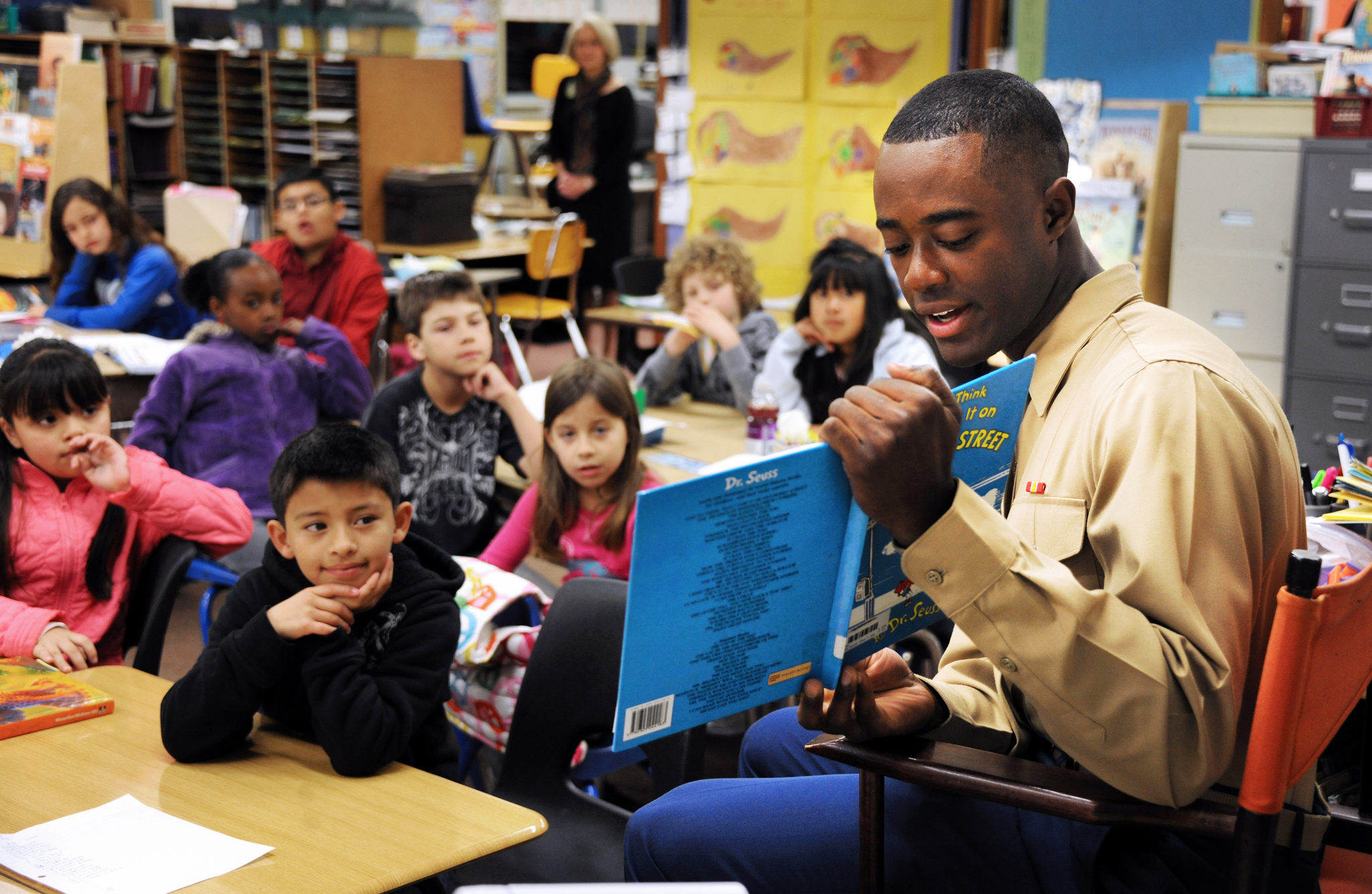The Importance of At-Home Reading
Reading to a child every day is vital to their development. Research shows that children develop language and literacy skills long before they are able to read. And since language skills are crucial to all areas of learning, the skills developed early in life can determine how successful a child will be in school and in life.
The education and income level of a child’s parents play a big role in how much reading is done in their home. Only 40% of poor 3-to-5 year olds in the United States are read to on a daily basis, and only 28.1% of children whose parents didn’t graduate from high school are read to seven days a week. And these numbers are consistently declining.
- Two Out of Three Children Living in Poverty Have No Books to Call Their Own. 16 million children in the United States are living in poverty.
- 93 million adults in the U.S. read at or below the basic level needed to contribute successfully in society.
- 65% of 4th graders read below grade level, contributing to 8,000 students dropping out of high school every day.
- 43% percent of American adults are functionally illiterate.
(Source: http://www.rif.org/about-rif/literacy-crisis/)
Reading aloud to children:
- Builds motivation, curiosity and memory
- Helps children cope during times of stress or anxiety
- Take children to places and times they have never been – enlarging and enhancing their worlds
- Creates a positive association with books and reading
- Despite all of the benefits of reading aloud, surveys show that only a half of parents read to their young children daily and less than 10 percent read to their children from infancy. Families living in poverty are significantly less likely to read aloud to their children.
(Source: https://www.childtrends.org/wp-content/uploads/2012/11/05_Reading_to_Young_Children.pdf)
Photo credit: Steven L. Shepard, Presidio of Monterey Public Affairs


